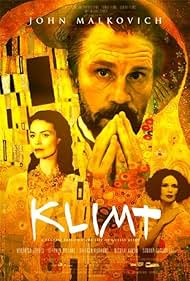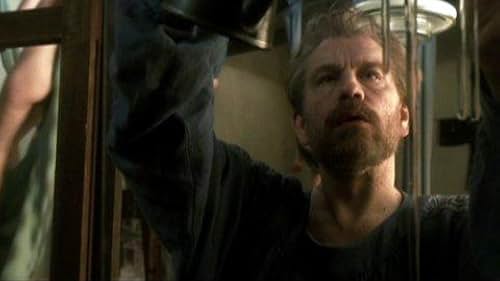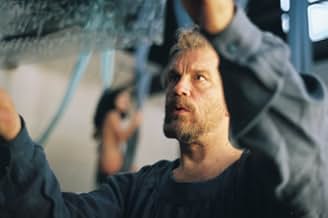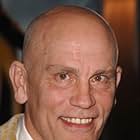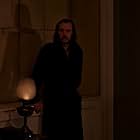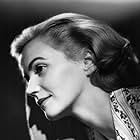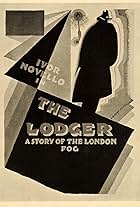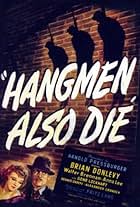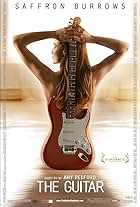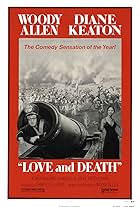A portrait of Austrian artist Gustav Klimt, whose lavish, sexual paintings came to symbolize the art nouveau style of the late nineteenth and early twentieth century.A portrait of Austrian artist Gustav Klimt, whose lavish, sexual paintings came to symbolize the art nouveau style of the late nineteenth and early twentieth century.A portrait of Austrian artist Gustav Klimt, whose lavish, sexual paintings came to symbolize the art nouveau style of the late nineteenth and early twentieth century.
- Awards
- 1 win & 4 nominations
- Director
- Writers
- All cast & crew
- Production, box office & more at IMDbPro
Storyline
Did you know
- TriviaRyan Phillippe was considered for the role of Klimt.
- GoofsWhen Klimt mashes the cake in the man's face, the icing on the man's face is not covering his right eye. In the next close-up shot, there is a large blob of icing covering the man's right eye. In the next long shot when Klimt starts to wipe the man's face, the icing is no longer covering the man's right eye again.
- Quotes
Klimt: Who art thou Asked the guardian of the night From crystal purity I come Was my reply And great my thirst, Persephone Yet heeding thy decree I take to flight and turn, and turn again Forever right I spurn the pallid cypress tree Seek no refreshment at its sylvan spring but hasten on toward the rustling river of Mnemosyne Wherein I drink to sweet satiety And there, dipping my palms between The knots and loopings of its mazy stream I see again, as in a drowning swimmers dream All the strange sights I ever saw And even stranger sights no man has ever seen
- Alternate versionsA 131-minute-long Director's Cut was released theatrically in Austria and is available on DVD in the UK.
- ConnectionsReferenced in Ricardo Aronovich, avec mes yeux de dinosaure du cinéma (2011)
Hunter S. Thompson blew the journalistic world away by openly reporting events through the prism of his own drug-soaked experience. Terry Gilliam's cinematic portrayal of this in "Fear and Loathing in Las Vegas" conveyed this brilliantly.
So far as I know, Gustav Klimt did not portray his artistic vision in an ether-soaked stupor or in a state of syphilitic delirium. My problem with Mr. Ruiz portraying him as though he did is that Klimt actually led an exuberant revolutionary artistic movement in a city and continent exploding with creative energy, and this portrayal could hardly be farther from the truth. Even a non-linear poetic portrayal of the creative process should shed some truth on its essence.
The tone of the movie was static, suffocating, semi-conscious and joyless. Klimt's life was full of color, sexual experimentation and living life to its fullest, so it additionally seems odd that John Malkovich sleepwalks through his performance with less joy than Rod Steiger in "The Pawnbroker."
If Mr. Ruiz wanted to make a film about a fever-dream (Klimt died of pneumonia following a stroke, not of tertiary syphilis as suggested in the film), perhaps he should have entitled it "Fever-Dream: with a whimsical guest appearance by my fantasy of Gustav Klimt."
This film may be of use to film students to prove that images and sound do not automatically add up to a movie.
- How long is Klimt?Powered by Alexa
Details
- Release date
- Countries of origin
- Official sites
- Languages
- Also known as
- A Viennese Fantasy à la manière de Schnitzler
- Filming locations
- Production companies
- See more company credits at IMDbPro
Box office
- Gross US & Canada
- $97,656
- Opening weekend US & Canada
- $2,332
- Jun 24, 2007
- Gross worldwide
- $584,991
- Runtime2 hours 11 minutes
- Color
- Sound mix
- Aspect ratio
- 1.85 : 1
Contribute to this page

